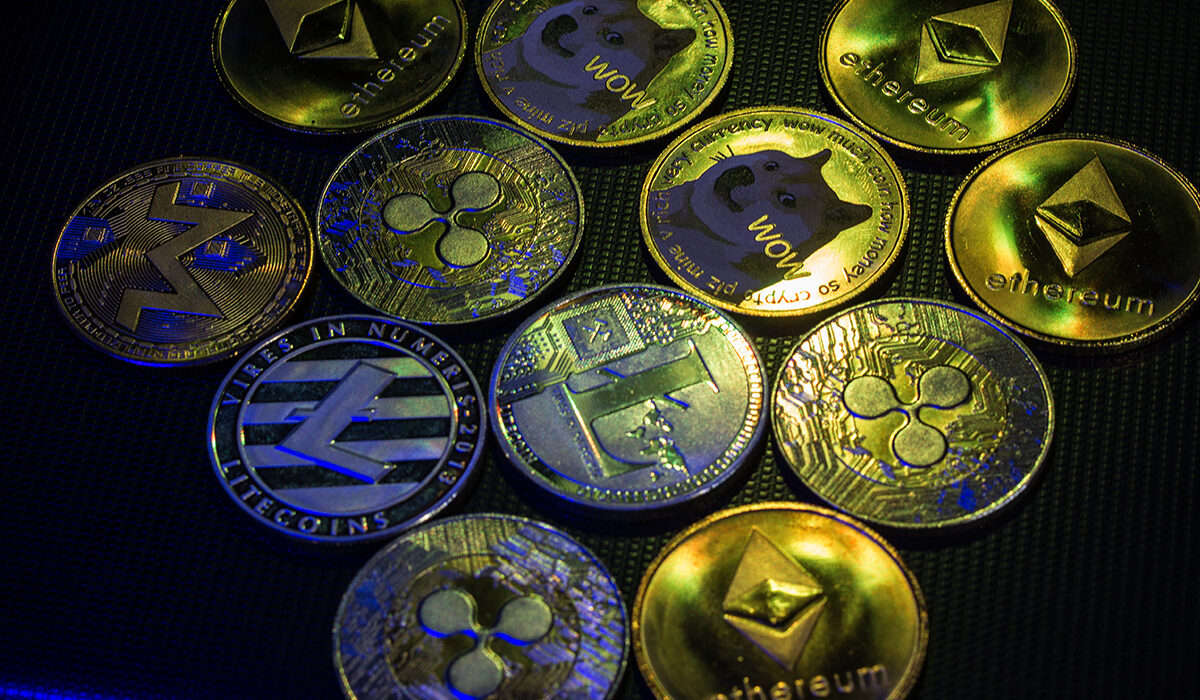“Alternative coins,” or “altcoins,” are cryptocurrencies that aren’t Bitcoin. They surfaced as Bitcoin substitutes, providing various functionalities, applications, and underlying technology. Investors and fans must grasp the distinctive features of altcoins as the market for cryptocurrencies grows. This essay will examine a number of altcoin topics, including as their special qualities, underlying technologies, and market effects.
Definition and Types of Altcoins
Altcoins are defined as all cryptocurrencies other than Bitcoin. They are often created to address perceived limitations of Bitcoin or to achieve different goals. There are several types of altcoins, including:
- Utility Tokens – Designed for specific applications within a blockchain ecosystem.
- Security Tokens – Represent an investment in a project, often subject to financial regulations.
- Stablecoins – Pegged to traditional currencies or commodities to reduce volatility.
- Privacy Coins – Focus on enhancing transaction anonymity and security.
Unique Features of Altcoins
Each altcoin brings unique features and improvements over Bitcoin, such as:
- Faster Transaction Speeds – Many altcoins, like Litecoin, offer quicker transaction confirmations.
- Lower Transaction Costs – Some altcoins, like Ripple (XRP), have significantly lower transaction fees.
- Improved Scalability – Projects like Ethereum are working on solutions to handle more transactions per second.
- Enhanced Privacy – Coins like Monero and Zcash provide advanced privacy features, making transactions almost untraceable.
- Smart Contracts – Ethereum introduced smart contracts, self-executing contracts with the terms directly written into code.
Technology Behind Altcoins
Altcoins utilize a variety of blockchain technologies:
- Proof of Work (PoW) – Similar to Bitcoin, but with different algorithms (e.g., Litecoin’s Scrypt).
- Proof of Stake (PoS) – A more energy-efficient consensus mechanism used by coins like Cardano.
- Delegated Proof of Stake (DPoS) – A variant of PoS, seen in coins like EOS, allowing for more scalability.
- Directed Acyclic Graph (DAG) – Used by IOTA, it’s a different structure from traditional blockchain technology.
Impact on the Cryptocurrency Market
Altcoins have significantly impacted the crypto market:
- Market Diversity – They provide investors with a wide range of investment options.
- Innovation – Altcoins drive innovation in blockchain technology and use cases.
- Competition and Collaboration – They create a competitive environment, pushing for improvements in the crypto space.
- Market Volatility – Altcoins can be more volatile than Bitcoin, offering high risk and potentially high rewards.












